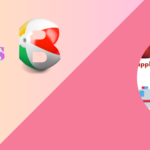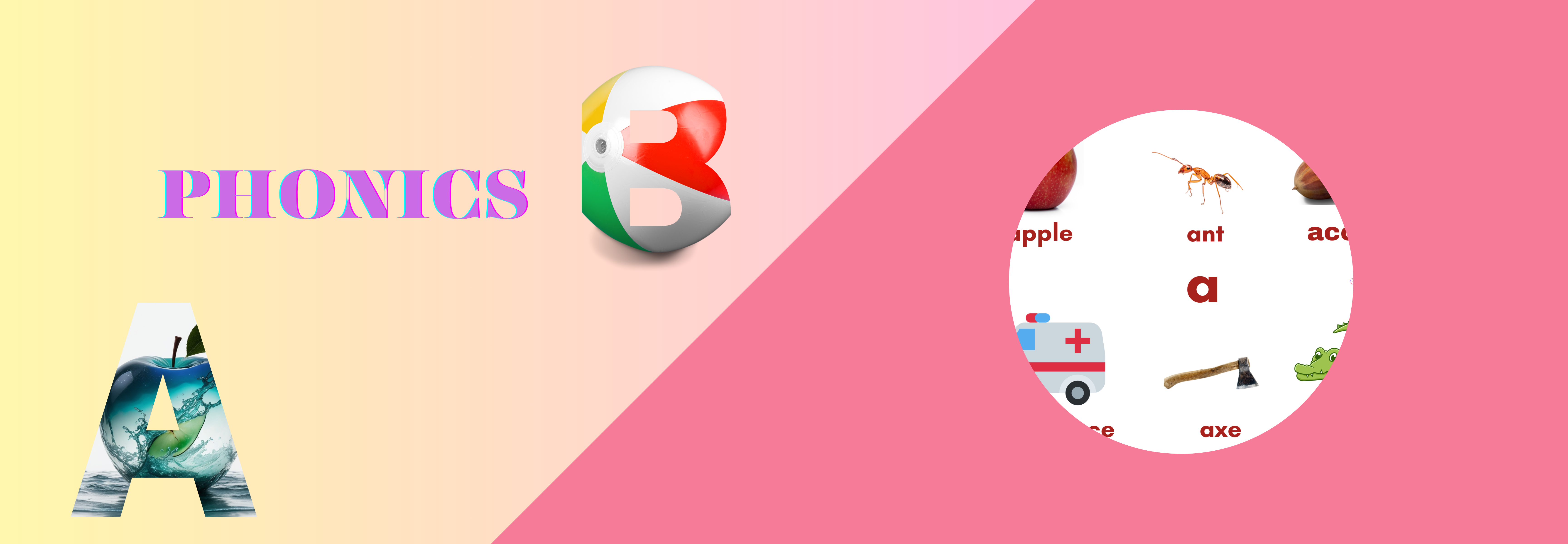
What is Jolly Phonics : An effective and five basic skills
Pronouncing words that everyone understands quickly is an art. Traditionally we were taught the spelling of words followed by pronunciations which varied from person to person.
The world has recently switched to Jolly Phonics, in which we are taught by using synthetic Phonics, the most effective way to read and write English.
Jolly Phonics is a way of teaching children in a playful and multi-sensory way precisely designed for the purpose. In Jolly Phonics, all 42 sounds are imparted to children at a rate of a sound a day which most children can easily cope with.
Five basic skills of Jolly Phonics
Jolly Phonics is divided into Five basic skills
1)Learning the letter sounds
2)Learning letter formation
3)Blending
4)Identify the sound in words
5)Tricky words.
Role of Jolly Phonics and its advantages
All parents expect their children to read and write fluently but do not know how to do so. Herein comes the role of Jolly Phonics. Children have problems in pronouncing words. It was then the role of Jolly Phonics the teaching of the sound of words came into more effective play.
The effectiveness of Jolly Phonics has been researched worldwide, and the children taught by this method had much more confidence in reading and writing.
How are we learning the letter sounds with Jolly Phonics?
1)Learning letter sounds
Out of 42 sounds in English, we use only 26 letters to represent these sounds. Children must be fluent in saying the sounds that go with the words. Children learn quickly when an activity is involved. The letter sounds are grouped into seven groups in jolly Phonics:

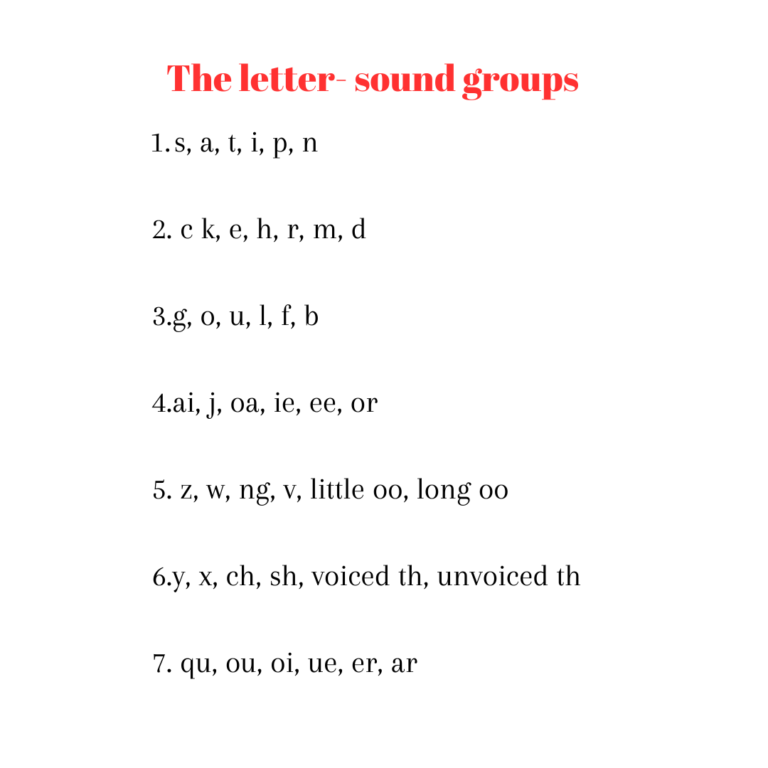
2)Learning letter formation:
Learning fluent English and neat handwriting calls for children on basics such as holding the pencil and fine motor skills is worth the effort involved. The formation of the words is taught pictorially by the movement of the fingers in the shape of the words. Tracing the letters and patterns will help a long way in Jolly Phonics.

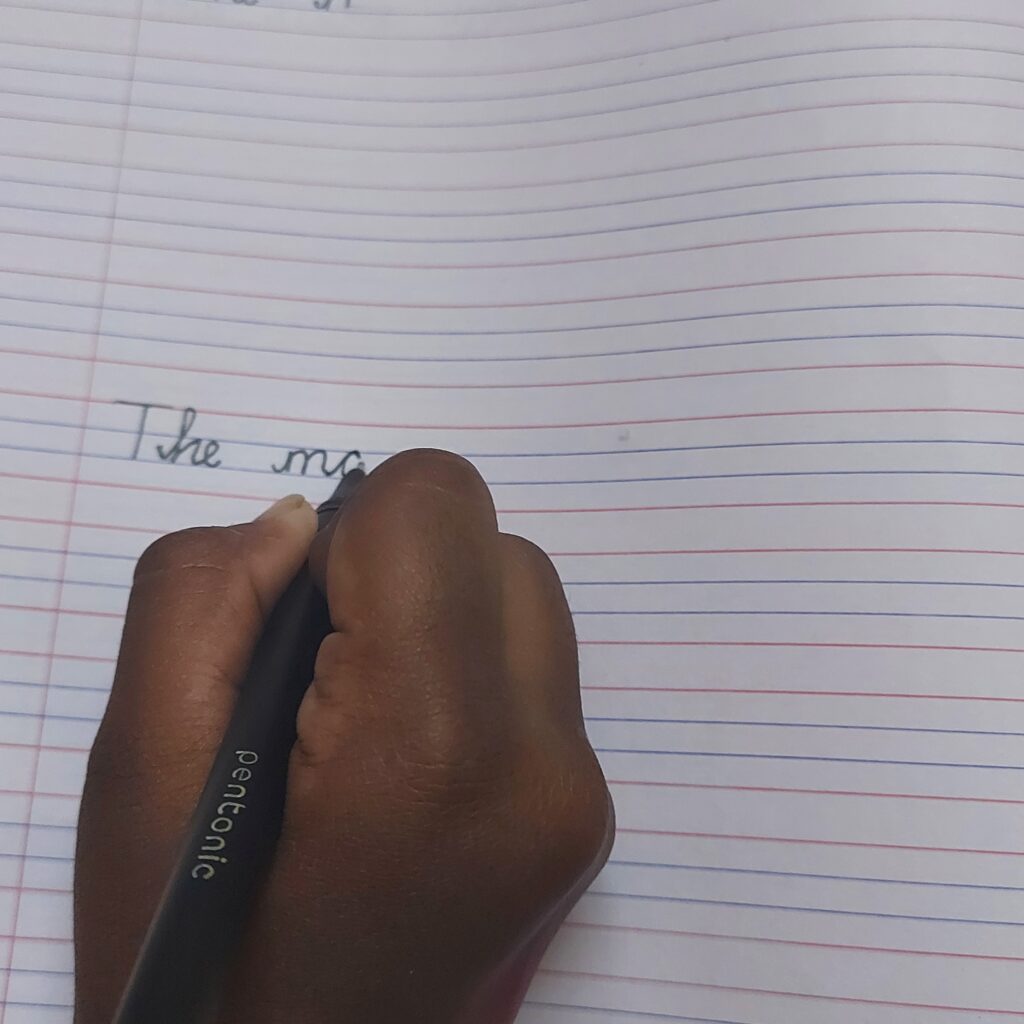
3)Blending
Blending in Jolly Phonics is that we need to understand the meaning of the word, look at the letters saying the letter sounds, and hear the word. Most children will not be able to blend and must be taught how to blend. Blending needs patience and practice. In blending, the initial letter needs to be louder than the following letter. The letters that follow need to be spoken softly and quickly. Blending is very helpful in decoding words, which helps read the words in Jolly Phonics.
Children need to be taught at the beginning of blending by calling out the words aloud, but as time progresses, the same needs to be done in their minds silently. Once the children can blend simple words, they can be taught to read many words, which will help them with their fluency.
Reading story books
During the initial phase, the aim must be to see that the children must be prepared to read books, but they must not be expected to read books by themselves till they have learned 42 sounds and 12 tricky words. Storybooks can be introduced to the children once the children can work out common words independently through Jolly Phonics.
Blending is an essential skill and needs a lot of practice, allowing the children to see how different forms are made in Jolly Phonics.
As we move up the phases in blending in Jolly Phonics, the children will be more confident and learn to blend, which is more complex.
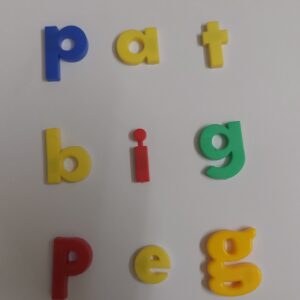
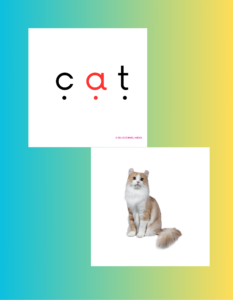
4)Identifying the sounds in words:
The hearing of the words is the skill needed for writing in jolly phonics. Initially the children are taught to listen to the sound of the word that is being taught. Further the children are taught to listen and identify all the sounds in a word. The way of teaching the sound must be that the children are encouraged to say the sound along with us and holding up a finger for each sound. The same can also be made by writing while the children call out the word sounds.
A letter board can be used for the purpose of identification of the sounds. Regular word building with letter board will impart confidence and ease of learning in jolly phonics.
The aim of identifying sounds is to enable children to hear and write regular words and relate to the sounds. A different technique is needed to cope with words which are spelt irregularly.
With regular blending practice we can see that the children can master the skills easily.

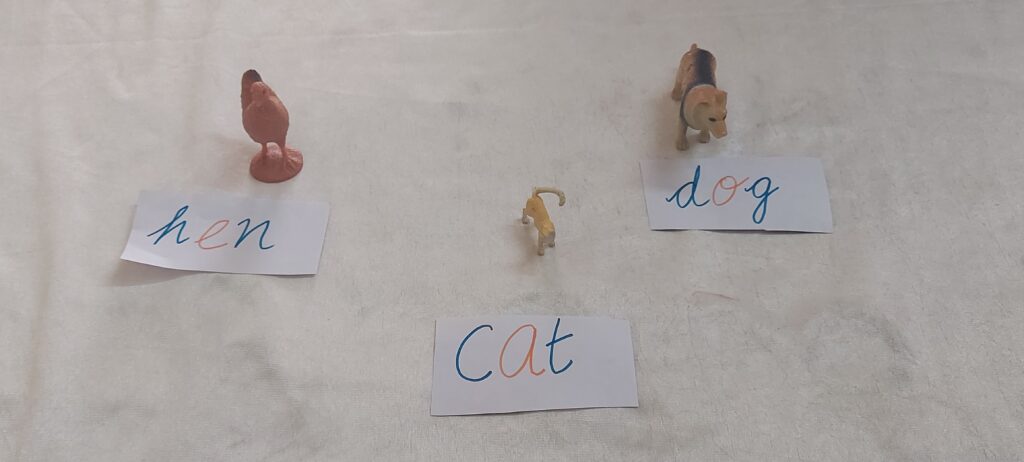
5)Tricky words:
In Jolly Phonics, tricky words are also called sight words. These words cannot be learned by way of blending. Children can be taught these sight words through flashcards, charts, word walls, etc.
The words that do not follow the phonetic rules are called sight words. These words do not follow letter sounds, and phonetics rules cannot be applied to them. Sight words often appear in the text. Introduce one word at a time while teaching sight words to your child.
Learning sight words takes time and lots of repetition. The children are encouraged to memorize the words as a whole by sight. Sight word practice can be done through many activities and games. Tricky words are introduced while teaching Phonics so that the children learn them quickly and become fluent readers.
Difference between Sight words and High-frequency words:
Quite often, we use sight words and high-frequency words. High-frequency words occur very frequently in the text. These words can be read phonetically. For example, is, am, in it, at, and big.
The sight words are the list of words that cannot be read phonetically, for example, all, by, and about.
We use both sight and high-frequency words in our spoken as well as in our written language. These words can be found in our textbook and storybooks. Reading becomes easier if consistent practice is implemented to learn these sight words.
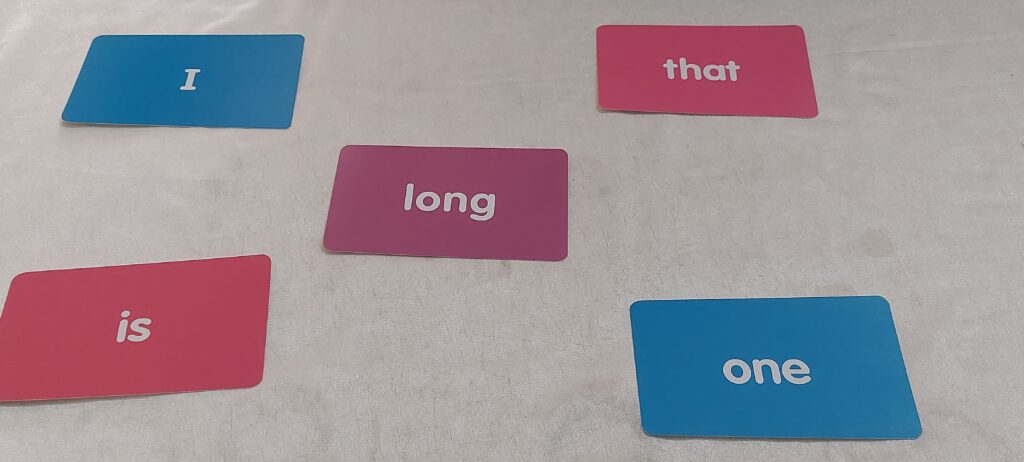
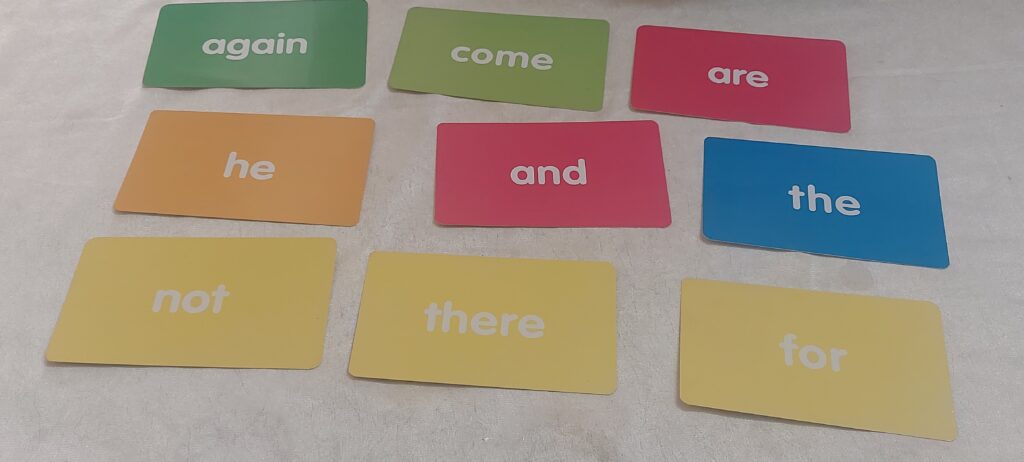
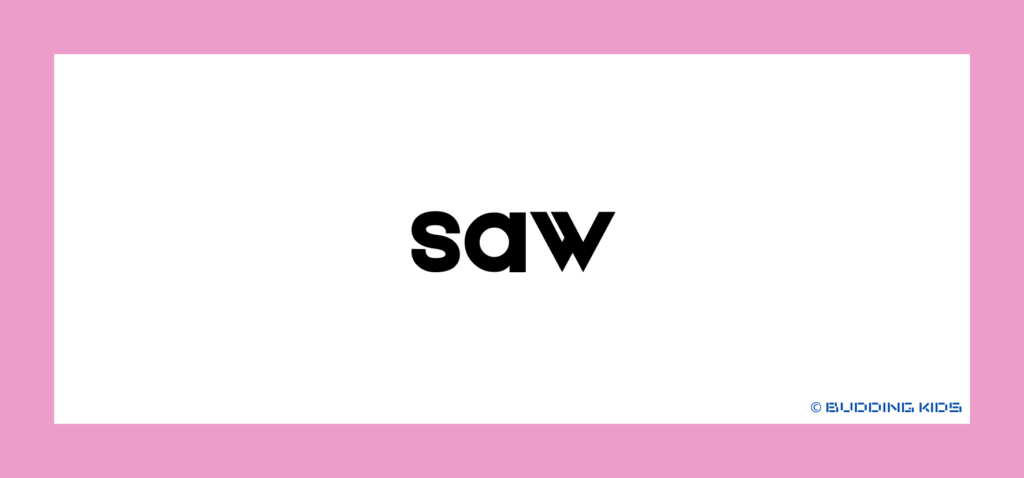
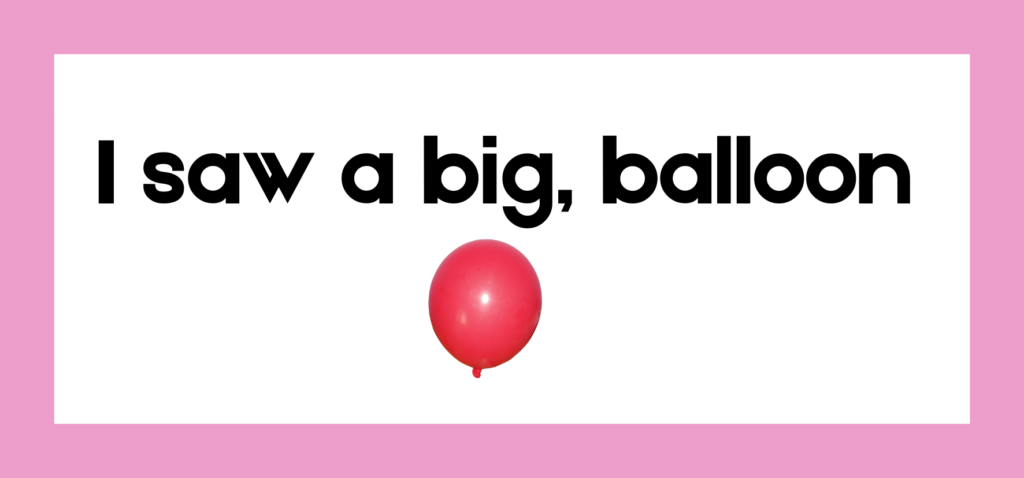
Conclusion
As detailed above, Jolly Phonics is an art that children, with correct guidance and practice, can quickly master. Jolly Phonics is a fun way of learning if appropriately approached, which will, in turn, be more fruitful for the bright future of our children in the extensive world of English.

